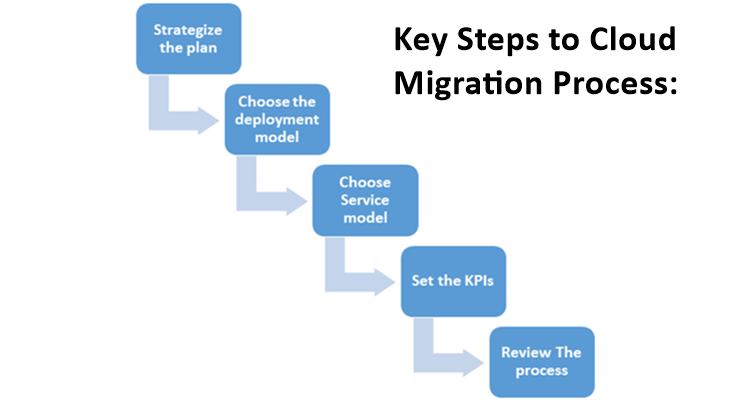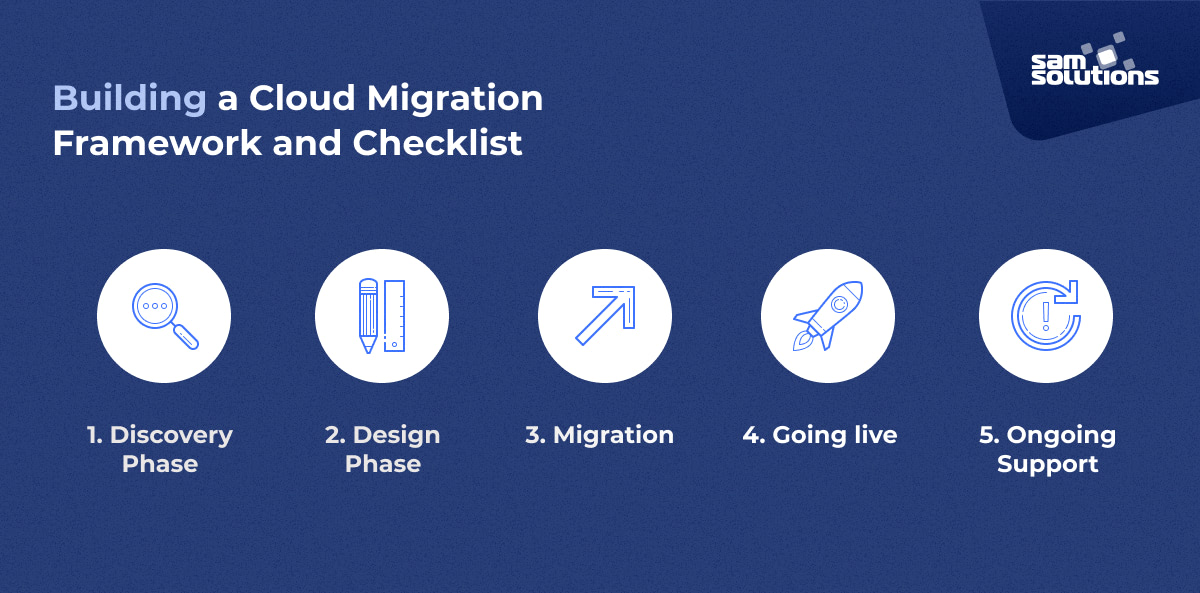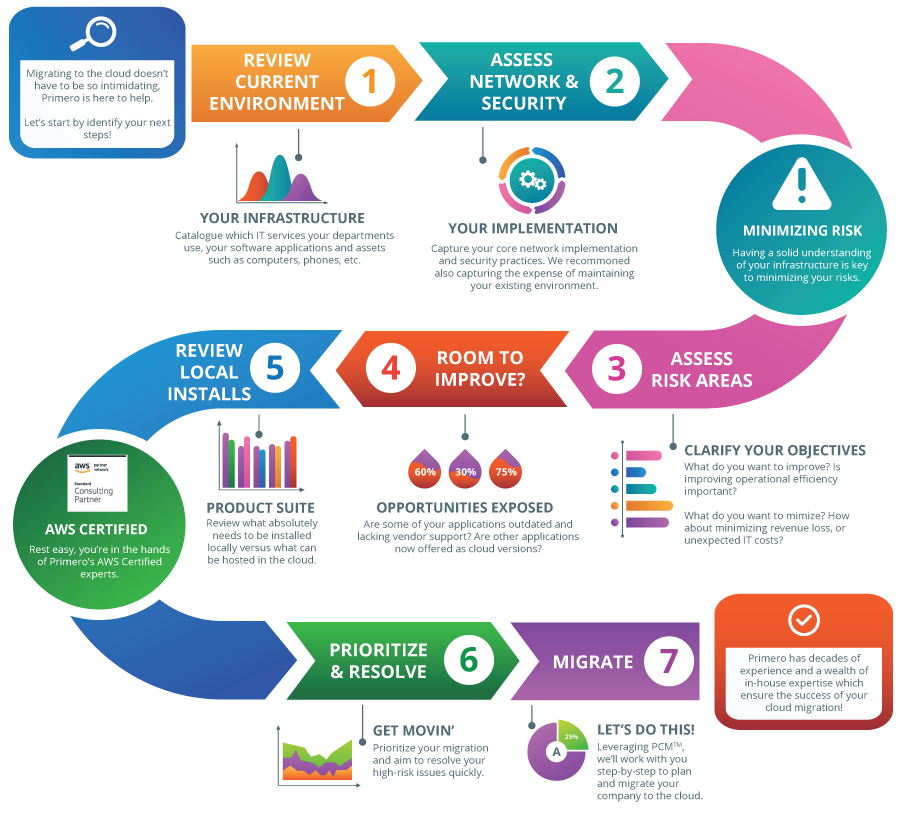Understanding the Cloud Migration Process
Cloud migration is the process of moving data, applications, and IT infrastructure from on-premises environments to cloud-based solutions. The benefits of cloud migration are numerous, including cost savings, scalability, and increased security. However, the process of migrating to the cloud can be complex and requires careful planning and execution.
Cloud migration steps are a critical aspect of any successful cloud strategy. By following a well-structured process, organizations can ensure a smooth transition to the cloud and minimize the risk of disruptions and downtime. The first step in the cloud migration process is understanding the current IT infrastructure and assessing its readiness for migration.
Assessing Your Current IT Infrastructure
Before starting the cloud migration process, it is essential to evaluate the current IT infrastructure. This assessment will help organizations understand the readiness of their applications and data for migration and identify potential challenges and risks. Here are some tips for assessing your current IT infrastructure:
- Identify the applications and data that will be migrated to the cloud. This will help organizations prioritize the migration and allocate resources accordingly.
- Evaluate the compatibility of the applications and data with the cloud environment. Some applications may not be compatible with the cloud, and data may need to be converted or transformed before migration.
- Assess the current IT infrastructure’s performance and capacity. This will help organizations determine the appropriate cloud resources needed for migration and ensure a smooth transition.
- Identify any dependencies or integration points between applications and data. This will help organizations ensure that all components are migrated and function correctly in the cloud environment.
- Evaluate the security of the current IT infrastructure. This will help organizations identify any vulnerabilities or weaknesses that need to be addressed before migration.
By assessing the current IT infrastructure, organizations can ensure a successful cloud migration and minimize the risk of disruptions and downtime. It is an essential step in the cloud migration process and should not be overlooked.
Choosing the Right Cloud Provider
Choosing the right cloud provider is a critical step in the cloud migration process. The cloud provider you select will play a significant role in the success of your migration and the ongoing performance and security of your cloud environment. Here are some tips for choosing the right cloud provider:
- Understand your business needs and requirements. Before selecting a cloud provider, it is essential to understand your business needs and requirements. This will help you evaluate cloud providers based on factors such as cost, security, and compliance.
- Evaluate different types of cloud services. There are three main types of cloud services: Infrastructure as a Service (IaaS), Platform as a Service (PaaS), and Software as a Service (SaaS). Each type of service offers different levels of control and management, so it is essential to evaluate which type of service is best suited for your business needs.
- Consider the provider’s security measures. Security is a top concern for organizations moving to the cloud. It is essential to evaluate the provider’s security measures, including data encryption, access controls, and intrusion detection and prevention.
- Evaluate the provider’s compliance with industry standards. Compliance with industry standards is essential for many organizations. It is essential to evaluate the provider’s compliance with relevant industry standards, such as HIPAA or PCI-DSS.
- Assess the provider’s scalability and performance. Scalability and performance are critical factors in the cloud environment. It is essential to evaluate the provider’s ability to scale resources up or down as needed and ensure optimal performance.
- Consider the provider’s level of support and customer service. Support and customer service are essential for a successful cloud migration. It is essential to evaluate the provider’s level of support and customer service, including response times and availability.
By selecting the right cloud provider, organizations can ensure a successful cloud migration and ongoing performance and security of their cloud environment. It is an essential step in the cloud migration process and should not be overlooked.
Planning and Preparing for Migration
Planning and preparing for migration is a critical step in the cloud migration process. A well-planned migration can help ensure a smooth transition to the cloud and minimize disruptions to your business operations. Here are some tips for planning and preparing for migration:
- Create a detailed migration plan. A detailed migration plan should include timelines, milestones, and contingency plans. It should also outline the steps involved in the migration process, including data transfer, testing, and cutover.
- Prepare the team for migration. Preparing the team for migration includes training and communication. It is essential to ensure that all team members understand the migration process and their roles and responsibilities.
- Test the migration plan. Testing the migration plan is critical to ensuring a successful migration. It is essential to test the plan in a controlled environment before executing it in production.
- Address any issues that arise. During the migration process, issues may arise that need to be addressed. It is essential to have a plan in place to address these issues and minimize disruptions to the business operations.
- Monitor the migration process. Monitoring the migration process is critical to ensuring a successful migration. It is essential to have a system in place to monitor the migration process and address any issues that arise.
By planning and preparing for migration, organizations can ensure a smooth transition to the cloud and minimize disruptions to their business operations. It is an essential step in the cloud migration process and should not be overlooked.
Migrating Applications and Data
Migrating applications and data to the cloud is a complex process that requires careful planning and execution. Here are some best practices for migrating applications and data to the cloud:
- Choose the right data transfer method. There are several data transfer methods available, including online migration, offline migration, and hybrid migration. It is essential to choose the right data transfer method based on the size and type of data being migrated.
- Test the applications and data in the cloud environment. Before migrating the applications and data to the cloud, it is essential to test them in the cloud environment to ensure that they function correctly.
- Plan for cutover. Cutover is the process of switching from the old IT infrastructure to the new cloud environment. It is essential to plan for cutover carefully to minimize disruptions to the business operations.
- Monitor the migration process. Monitoring the migration process is critical to ensuring a successful migration. It is essential to have a system in place to monitor the migration process and address any issues that arise.
- Address any issues that arise. During the migration process, issues may arise that need to be addressed. It is essential to have a plan in place to address these issues and minimize disruptions to the business operations.
By following these best practices, organizations can ensure a successful migration of applications and data to the cloud. It is an essential step in the cloud migration process and should not be overlooked.
Securing and Optimizing Your Cloud Environment
Securing and optimizing your cloud environment is a critical step in the cloud migration process. After migrating applications and data to the cloud, it is essential to ensure that the cloud environment is secure and optimized for performance. Here are some tips for securing and optimizing your cloud environment:
- Configure security settings. After migrating to the cloud, it is essential to configure security settings to protect your applications and data. This includes setting up firewalls, access controls, and encryption.
- Monitor for threats. Monitoring for threats is critical to ensuring the security of your cloud environment. It is essential to have a system in place to monitor for threats and respond to security incidents.
- Optimize performance. Optimizing performance is critical to ensuring the efficiency and effectiveness of your cloud environment. This includes configuring the cloud environment for optimal performance, monitoring performance, and making adjustments as needed.
- Regularly review and update security settings. Regularly reviewing and updating security settings is critical to maintaining the security of your cloud environment. It is essential to stay up-to-date with the latest security best practices and technologies.
By following these tips, organizations can ensure that their cloud environment is secure and optimized for performance. It is an essential step in the cloud migration process and should not be overlooked.
Continuous Monitoring and Improvement
Continuous monitoring and improvement are essential to ensuring the success of your cloud migration. After migrating to the cloud, it is essential to regularly review and optimize your cloud infrastructure to ensure that it is meeting your business needs and taking advantage of the latest cloud technologies and best practices. Here are some tips for continuous monitoring and improvement in the cloud environment:
- Regularly review and optimize the cloud infrastructure. Regularly reviewing and optimizing the cloud infrastructure is critical to ensuring that it is meeting your business needs and taking advantage of the latest cloud technologies and best practices. This includes monitoring performance, identifying areas for improvement, and making adjustments as needed.
- Stay up-to-date with the latest cloud technologies and best practices. The cloud environment is constantly evolving, and it is essential to stay up-to-date with the latest cloud technologies and best practices. This includes attending cloud conferences, reading cloud publications, and participating in cloud communities.
- Implement a culture of continuous improvement. Implementing a culture of continuous improvement is critical to ensuring the long-term success of your cloud migration. This includes encouraging feedback, promoting experimentation, and rewarding innovation.
- Monitor for security threats. Monitoring for security threats is critical to ensuring the security of your cloud environment. It is essential to have a system in place to monitor for threats and respond to security incidents.
By following these tips, organizations can ensure that their cloud infrastructure is continuously monitored and improved. It is an essential step in the cloud migration process and should not be overlooked.





